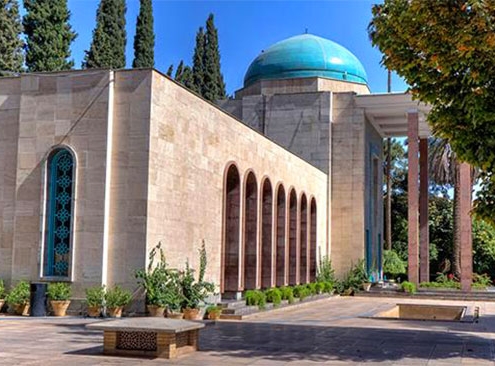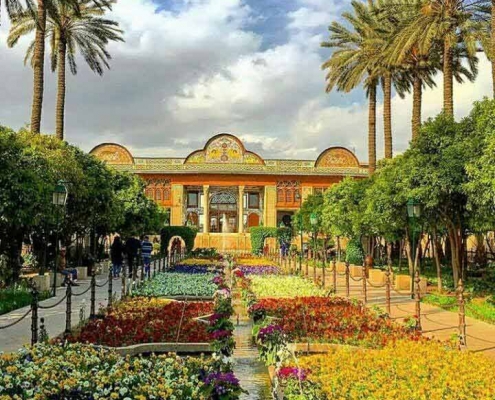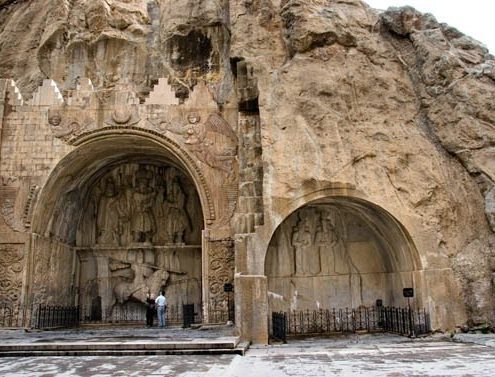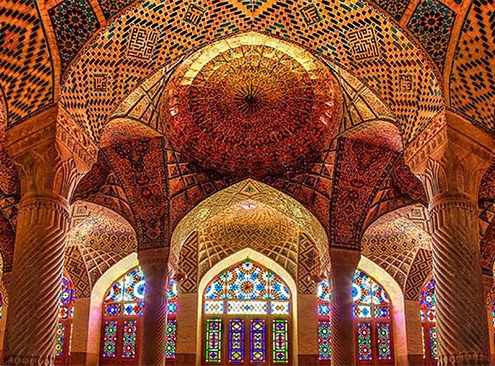 https://irandoostan.com/dostcont/uploads/2018/05/Tomb-of-Hafez-Shiraz-Iran-1-e1526975298309.jpg
450
600
Farima Fehrest
https://irandoostan.com/dostcont/uploads/2025/05/Irandoostan-logo.webp
Farima Fehrest2018-05-21 13:01:542025-04-13 14:59:58Hafez (Persian Poet): Biography, Poems, Hafezieh
https://irandoostan.com/dostcont/uploads/2018/05/Tomb-of-Hafez-Shiraz-Iran-1-e1526975298309.jpg
450
600
Farima Fehrest
https://irandoostan.com/dostcont/uploads/2025/05/Irandoostan-logo.webp
Farima Fehrest2018-05-21 13:01:542025-04-13 14:59:58Hafez (Persian Poet): Biography, Poems, Hafezieh
Sheikh Lotfollah Mosque, Isfahan: Photos, Architecture
Sheikh Lotfollah Mosque is one of the masterpieces of Iranian…
 https://irandoostan.com/dostcont/uploads/2018/05/Travel-to-Iran-tours-to-Iran-bucket-list-of-2018-11-e1526975570428.jpg
400
400
Farima Fehrest
https://irandoostan.com/dostcont/uploads/2025/05/Irandoostan-logo.webp
Farima Fehrest2018-05-19 16:34:442025-04-22 16:36:398 Reasons to Visit Iran
https://irandoostan.com/dostcont/uploads/2018/05/Travel-to-Iran-tours-to-Iran-bucket-list-of-2018-11-e1526975570428.jpg
400
400
Farima Fehrest
https://irandoostan.com/dostcont/uploads/2025/05/Irandoostan-logo.webp
Farima Fehrest2018-05-19 16:34:442025-04-22 16:36:398 Reasons to Visit Iran
Saadi, the Great Persian Poet of All Time
Saadi Shirazi- Abu-Mohammad Muslih al-Din Shirazi- the great…
 Iran Doostan Tours
https://irandoostan.com/dostcont/uploads/2018/05/Travel-to-Iran-Narenjestan-Garden-travel-to-Iran-tours-to-Iran-.jpg
696
720
Travel to Iran
https://irandoostan.com/dostcont/uploads/2025/05/Irandoostan-logo.webp
Travel to Iran2018-05-16 11:23:322025-04-13 15:01:10Narenjestan Garden or Qavam House in Shiraz
Iran Doostan Tours
https://irandoostan.com/dostcont/uploads/2018/05/Travel-to-Iran-Narenjestan-Garden-travel-to-Iran-tours-to-Iran-.jpg
696
720
Travel to Iran
https://irandoostan.com/dostcont/uploads/2025/05/Irandoostan-logo.webp
Travel to Iran2018-05-16 11:23:322025-04-13 15:01:10Narenjestan Garden or Qavam House in Shiraz https://irandoostan.com/dostcont/uploads/2018/01/Taq-e-Bostan-Feature.jpg
377
567
Iran Travel
https://irandoostan.com/dostcont/uploads/2025/05/Irandoostan-logo.webp
Iran Travel2018-01-13 13:13:502025-04-13 15:01:11Taq-e Bostan, rock reliefs’ story, history, photos & more
https://irandoostan.com/dostcont/uploads/2018/01/Taq-e-Bostan-Feature.jpg
377
567
Iran Travel
https://irandoostan.com/dostcont/uploads/2025/05/Irandoostan-logo.webp
Iran Travel2018-01-13 13:13:502025-04-13 15:01:11Taq-e Bostan, rock reliefs’ story, history, photos & more
Nasir al-Mulk Mosque (Pink Mosque), Shiraz: Photos, video
Nasir al-Mulk Mosque also known as the Pink Mosque is an elegant…


